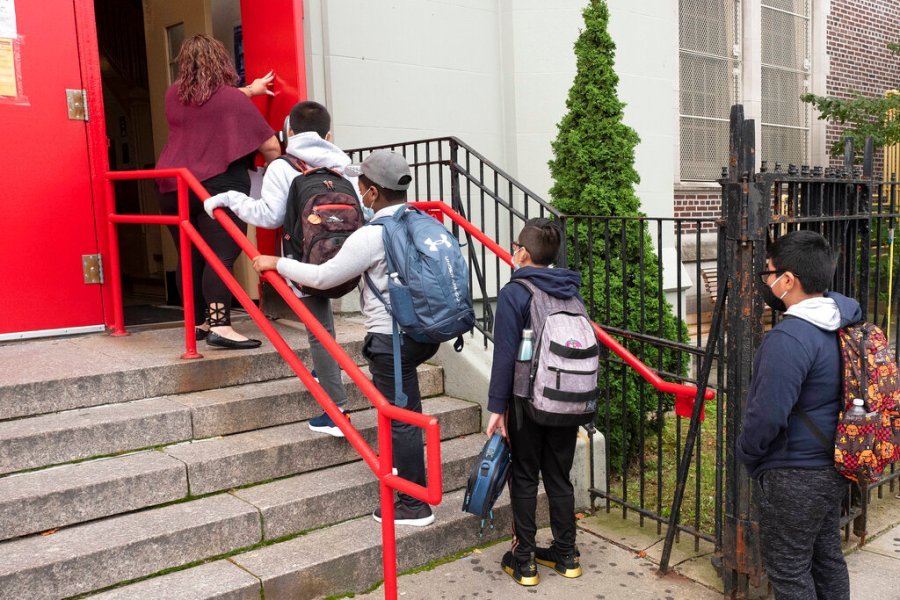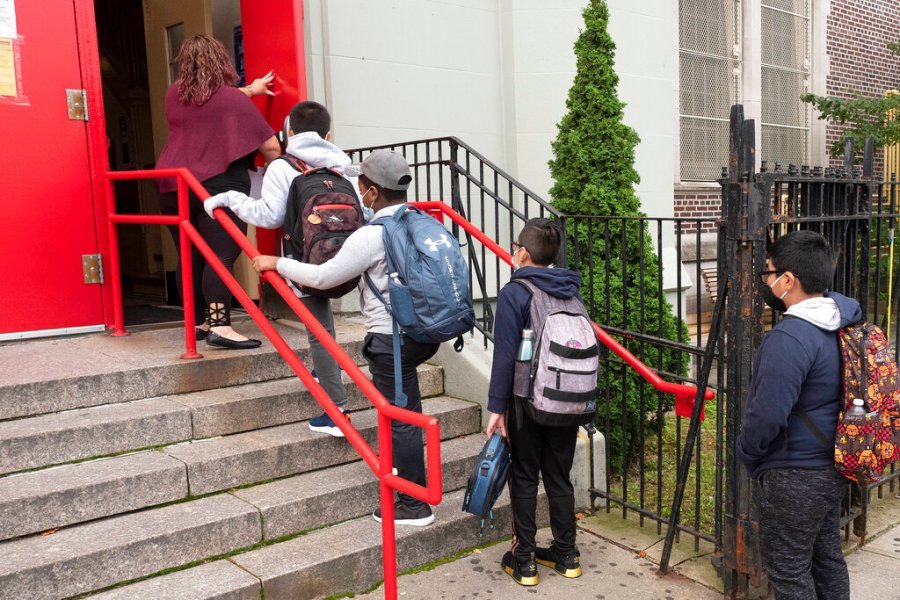The failure of COVID emergency funds for schools should serve as a cautionary tale

From March 2020 to March 2021, the U.S. government provided an unprecedented amount of money to public schools through Elementary and Secondary School Emergency Relief (ESSER) funds.
The pitch was: Schools needed extra cash to address the impact that COVID-19 had on K-12 schools across the nation. By the time the last checks cleared from ESSER, more than $190 billion had been poured into the U.S. education system, an amount so massive it is described as a “once-in-a-generation investment.”
Yet, despite these historic levels of spending, student achievement continues to plummet. The latest results from the National Assessment of Educational Progress, commonly known as the Nation’s Report Card, reveal a grim reality. The data shows fourth and eighth grade students are still behind pre-pandemic levels in both reading and math. Rather than reversing pandemic-related setbacks, ESSER funds have seemingly done little to improve educational outcomes.
If money alone could fix the problem, the Nation’s Report Card would look a lot different. So, if the money didn’t help student achievement, what did it do?
Some of the funding was spent trying to get schools reopened during the pandemic. But some districts spent millions on upgrading athletic facilities, buying internet poles that were never used and ice cream trucks — hardly the targeted academic interventions students needed.
Others used the money to hire additional staff and give retention bonuses, ensuring that school employees were taken care of financially while students continued to fall behind.
While most parents would agree that teachers should be paid better, raising salaries with ESSER did nothing to accelerate learning or close achievement gaps widened by prolonged school closures. Instead, it added a permanent expense to school districts even though the COVID money was temporary.
Meanwhile, as public schools sat on mountains of cash, teachers’ unions continued their long-standing opposition to school choice initiatives, arguing that charter schools and education savings accounts siphon money away from traditional public schools. Randi Weingarten, president of the American Federation of Teachers, echoed this sentiment in a recent post on X: “Vouchers syphon federal money for public schools into unaccountable private hands. This billionaire-backed scam will hurt student achievement, bankrupt state budgets and deny opportunity to rural and urban communities.”
But here’s the question that must be asked: Public schools had all the money in the world through ESSER funds and still failed to improve student outcomes, so why should more funding be the default solution? Teachers’ unions argue that school choice drains public resources, but those resources, when available in abundance, did not deliver the results they promised. What does that say about the system itself?
Parents across the country are increasingly demanding alternatives. They saw how school closures, often prolonged by union resistance, harmed their children. They saw how billions were spent with little to show for it. And now, they are seeing that more money does not equate to better education. This has fueled the growing momentum behind school choice, which allows parents to take their tax dollars to institutions that will actually serve their children’s needs.
According to a recent national poll of parents by Parents Defending Education, 96 percent of parents agree that parents should be able to choose the best educational option for their child.
Despite union claims that school choice would harm students, evidence shows the opposite. Studies indicate that competition from charter schools and private school choice programs often leads to improvement in public school performance. In states with robust school choice programs, parents have more control, and students have better educational outcomes. Competition forces schools to be more accountable — something sorely lacking in a system that receives endless bailouts with no results.
ESSER funding should serve as a cautionary tale. It proved that unlimited spending is not the silver bullet for fixing education. Instead of doubling down on failed systems, policymakers must empower families with real choices and stop allowing teachers’ unions to hold students hostage to a broken status quo.
The failure of ESSER is undeniable. The question now is: Will we let it happen again?
Paul Runko is the digital communications specialist for Parents Defending Education.




Post Comment